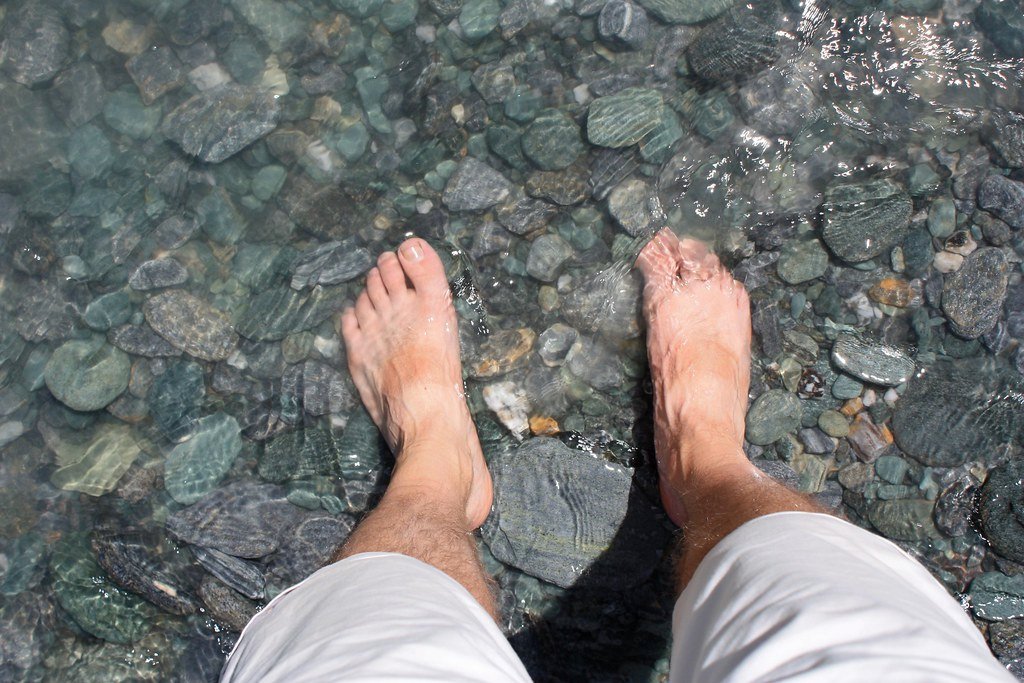It’s hard to imagine a world where rivers simply vanish. Yet, that’s the reality facing millions as glaciers—those ancient, silent giants—melt away, taking with them the veins of water that sustain entire civilizations. Picture a child dipping their toes in a cool, rushing stream, only to return years later to find a dry, rocky trench. It’s as if the Earth’s heartbeat is slowly fading, pulsing weaker with every passing season. Glacial rivers, once mighty and eternal, are slipping through our fingers. This isn’t just a story of ice and water—it’s a tale of human survival, fragile ecosystems, and the unsettling truth that what once seemed infinite is now heartbreakingly finite.
The Lifeblood of Civilizations
Glacial rivers have been the lifeblood of human societies for thousands of years. From the great cities along the Indus and Ganges in Asia to the communities lining the rivers of the Andes and Alps, these waters have shaped agriculture, culture, and trade. When people say “water is life,” it’s not just a poetic phrase—it’s literal. Glacial melt dictates planting seasons, provides drinking water, and even influences spiritual beliefs. Without these rivers, entire ways of life unravel, leaving a haunting emptiness where abundance once flowed.
How Glaciers Give Birth to Rivers
Every spring and summer, sunlight coaxes glaciers to release their frozen treasures. Meltwater trickles down icy slopes, gathering strength and eventually forming streams that merge into roaring rivers. These waters don’t just appear out of nowhere—they’re the product of centuries-old ice, storing the memory of ancient snows. The process is delicate; too little melt and rivers shrink, too much at once and floods sweep through valleys. It’s a balance as fine as the edge of a glacier itself.
Climate Change: The Great Disruptor
Over the past few decades, rising global temperatures have turned glaciers from slow-moving giants into rapidly retreating ghosts. As the Earth warms, glaciers melt faster than snowfall can replenish them. This has led to what scientists call “peak water”—a brief period when rivers surge with excess melt, followed by a dramatic decline as glaciers dwindle. The world is now witnessing rivers that once seemed eternal begin to flicker and fade, sometimes vanishing in just a generation.
The Himalayan Meltdown

The Himalayas, known as the “Third Pole,” hold more ice than anywhere outside the Arctic or Antarctic. Yet, these glaciers are disappearing at a breathtaking pace. Rivers like the Ganges, Indus, and Brahmaputra—lifelines for over a billion people—depend on this frozen reservoir. Satellite images show glaciers retreating by hundreds of meters each year. For communities downstream, water shortages are no longer a distant worry; they’re a daily reality, threatening crops, livelihoods, and even peace.
The Vanishing Glaciers of the Andes
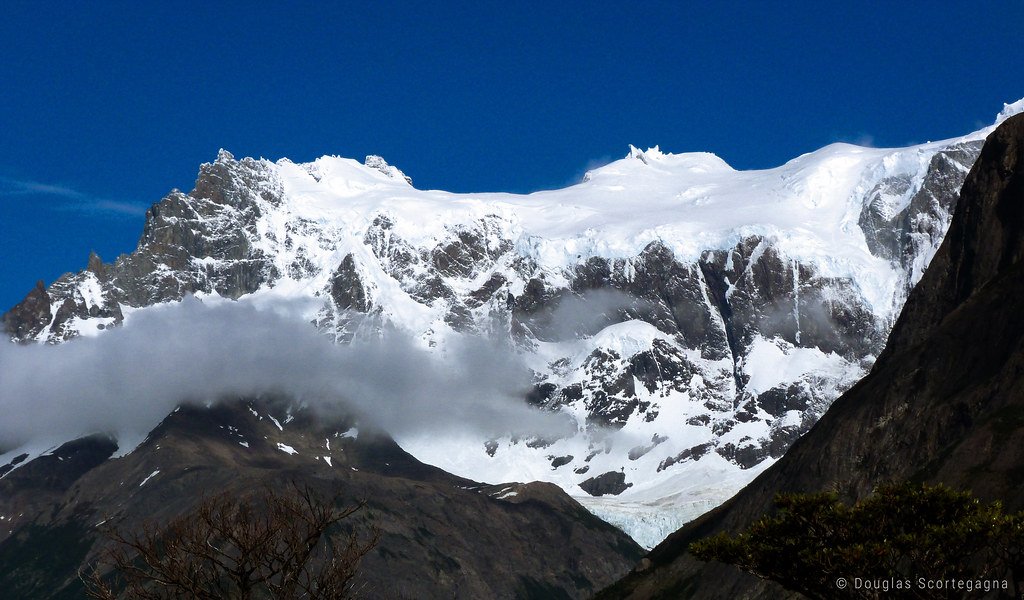
High in South America, the Andes mountains cradle glaciers that feed the mighty Amazon and countless smaller rivers. These glaciers are shrinking so fast that some have already vanished. Cities like La Paz and Quito, perched on the edge of the mountains, have begun to feel the strain. Farmers who once relied on dependable glacial flows now face unpredictable droughts. The rhythm of life, once in sync with the seasons, is being rewritten by the relentless retreat of ice.
Europe’s Disappearing Icy Giants
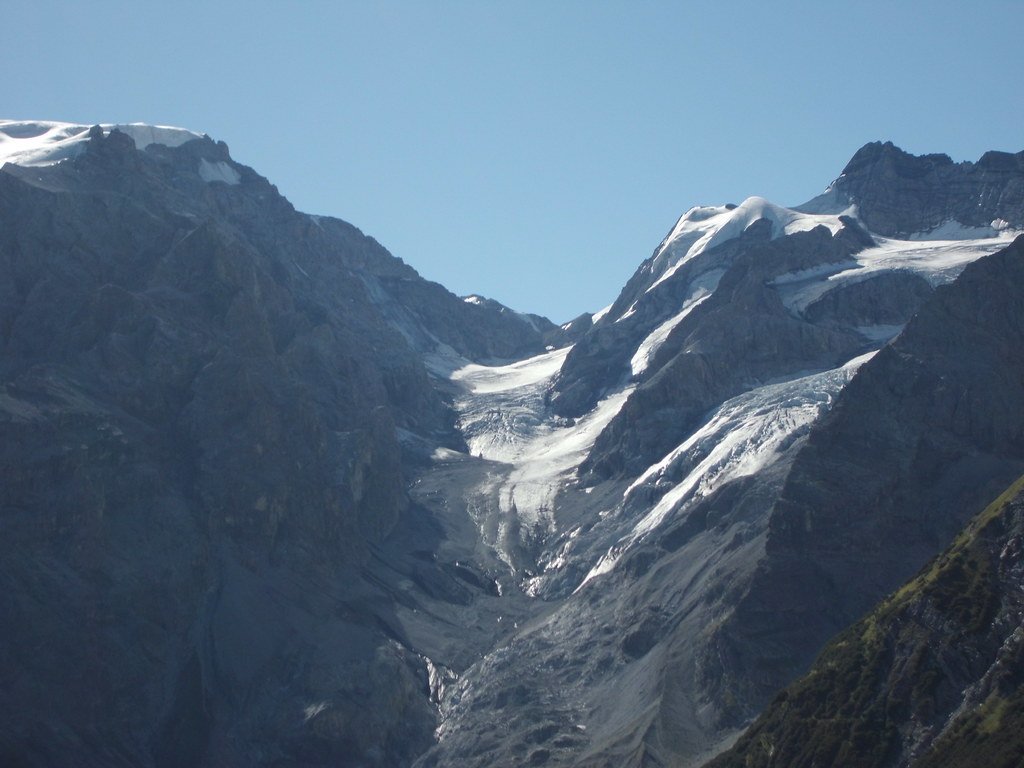
Europe’s Alps, famed for their beauty, are also home to vital glaciers. These glaciers feed rivers like the Rhine, Rhône, and Po, which supply water to millions. Tourists flock to these regions for skiing and hiking, but locals see another side: shrinking glaciers, receding snowlines, and rivers running dry in summer. The iconic Mer de Glace near Chamonix, for instance, has lost so much ice that its name—“Sea of Ice”—feels almost ironic.
The North American Perspective

In North America, glaciers in the Rockies and Cascades have provided water for everything from thriving cities to salmon runs. The Columbia River, for example, depends on glacial melt to support agriculture in the Pacific Northwest. But as these glaciers shrink, rivers run lower and warmer, threatening fish, farms, and people alike. Even in national parks like Glacier, visitors now find more rocks than ice—a stark reminder that nothing lasts forever.
Water Security and Human Migration

As glacial rivers shrink or vanish, the knock-on effects ripple far beyond the mountains. Water shortages force families to abandon ancestral lands, sparking waves of migration. In places like Central Asia, shrinking rivers have fueled tensions between countries, each desperate to secure what little water remains. The disappearance of these rivers isn’t just an environmental crisis—it’s a humanitarian one, reshaping borders and futures.
Ecological Collapse: More Than Just Water Loss

When a river fed by glaciers disappears, it’s not just humans who suffer. Entire ecosystems collapse. Fish that depend on cold, oxygen-rich water vanish. Birds, mammals, and insects that rely on riverbanks for food and shelter are forced to move—or perish. Even forests that grow along these rivers begin to wither. The loss of glacial rivers is like pulling a thread from a tapestry; the whole fabric unravels.
Glacial Rivers and Food Security
Agriculture depends on steady, predictable water supplies. Glacial meltwaters ensure that fields remain green during dry spells. In countries like India and Pakistan, farmers time their crops to the pulse of glacial rivers. A disappearing river means wilting crops, hungry families, and rising food prices. Food security—something so basic it’s easy to take for granted—becomes precarious when rivers run dry.
Hidden Hazards: Glacial Lake Outburst Floods
As glaciers melt, they sometimes leave behind lakes held back by unstable ice or rock. These “glacial lakes” can burst without warning, unleashing torrents that sweep away villages, roads, and lives. In the Himalayas and Andes, such floods have become more common, causing devastation downstream. It’s a cruel twist: the same melting that robs communities of water also brings sudden, deadly floods.
Innovations in Monitoring and Prediction
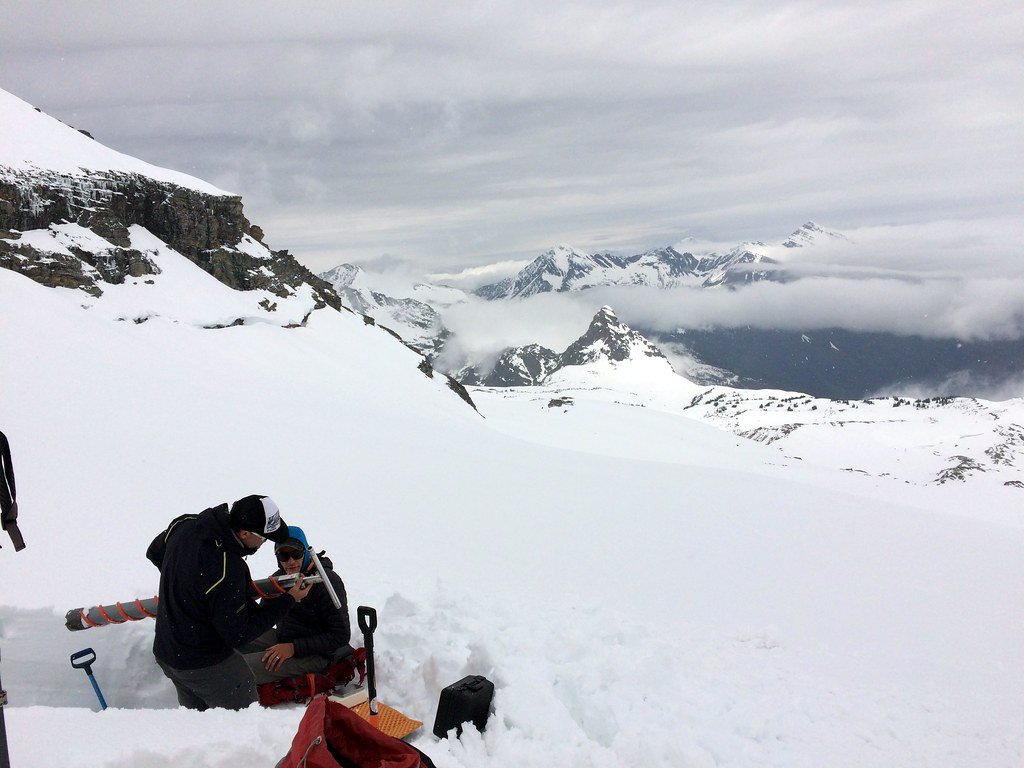
Scientists now use satellites, drones, and remote sensors to track glacial retreat and river flow with unprecedented accuracy. These tools provide early warning for communities at risk of floods or droughts. By understanding exactly how glaciers are changing, researchers hope to help governments plan for a future with less water. Yet, even the best data can’t replace lost ice or bring back vanished rivers.
Traditional Knowledge and Adaptation

Mountain communities have always adapted to changing water sources, drawing on centuries of traditional knowledge. In the Andes, for instance, indigenous people use ancient irrigation systems called “qanats” to conserve water. In the Himalayas, villagers have built artificial glaciers to store meltwater. These creative solutions offer hope, but they’re no substitute for the vast, natural reservoirs that glaciers provide.
The Role of Policy and Governance

Ensuring water security in a world of disappearing glaciers requires smart, forward-thinking policies. Countries must cooperate, sharing rivers that cross borders and making tough choices about water use. Laws and treaties can help, but political will is essential. Without strong leadership, the scramble for dwindling resources risks igniting conflict rather than cooperation.
The Race to Restore and Protect Glaciers
While some damage may be irreversible, efforts are underway to slow glacial loss. Reducing greenhouse gas emissions is the most important step. Some regions are experimenting with “glacier blankets”—reflective covers that slow melting. Others are restoring forests and wetlands to help regulate water flow. These interventions buy time, but only a global commitment to climate action can truly safeguard the world’s glaciers.
Personal Stories: Lives Changed by Lost Rivers
Behind every vanished river is a story—a farmer watching his fields turn brown, a child walking farther each day to fetch water, a scientist mourning the loss of a favorite research site. In Peru, a shepherd recalls how his grandparents once drank from a glacial stream that no longer exists. In Nepal, villagers gather each year to pray for the return of the snows. These stories put a human face on a crisis often measured in cubic meters and satellite images.
What the Future Holds for Glacial Rivers

The fate of glacial rivers hangs in the balance. Some scientists predict that by the end of the century, many will vanish entirely. Others hope that aggressive climate action can slow or even halt the loss. What’s certain is that the choices made today—by governments, communities, and individuals—will shape the rivers of tomorrow. The future isn’t set in ice; it’s up to us.
Glacial Rivers in Art, Myth, and Memory
Throughout history, glacial rivers have inspired artists, poets, and storytellers. In Norse mythology, icy rivers marked the borders between worlds. Painters have captured their shimmering beauty, while writers have described their music as “the voice of the mountains.” As these rivers disappear, so do the stories and memories woven around them—a loss not just for nature, but for culture itself.
Can Technology Save Our Glacial Waters?
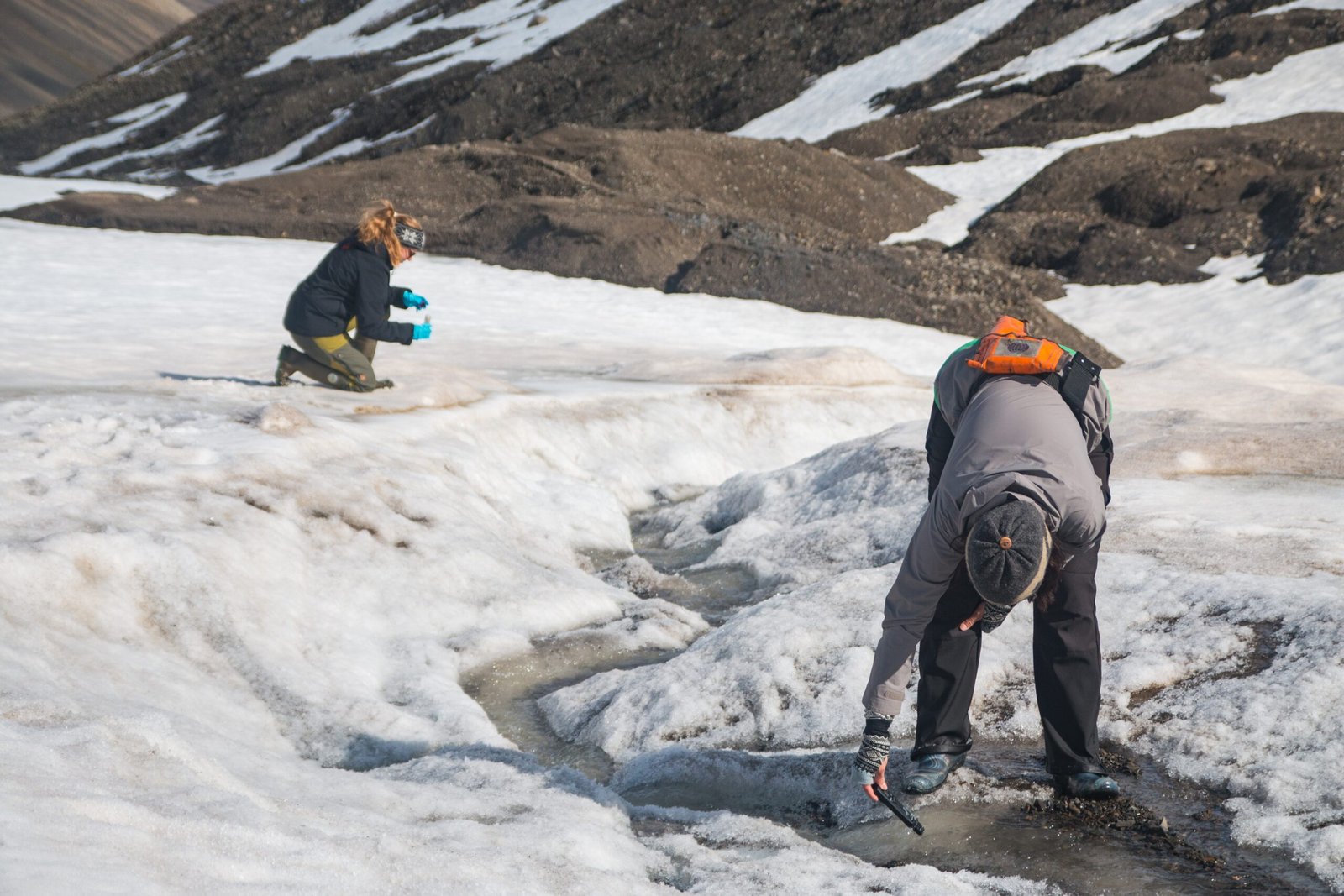
Some believe that technology holds the key to saving lost rivers. Engineers are testing artificial glaciers, drip irrigation, and desalination plants. While these innovations help, they can’t fully replace the intricate, life-giving systems nature has built over millennia. Technology is a tool, not a cure-all; without tackling the root causes of glacial loss, such measures can only do so much.
Every Drop Counts: What We Can Do
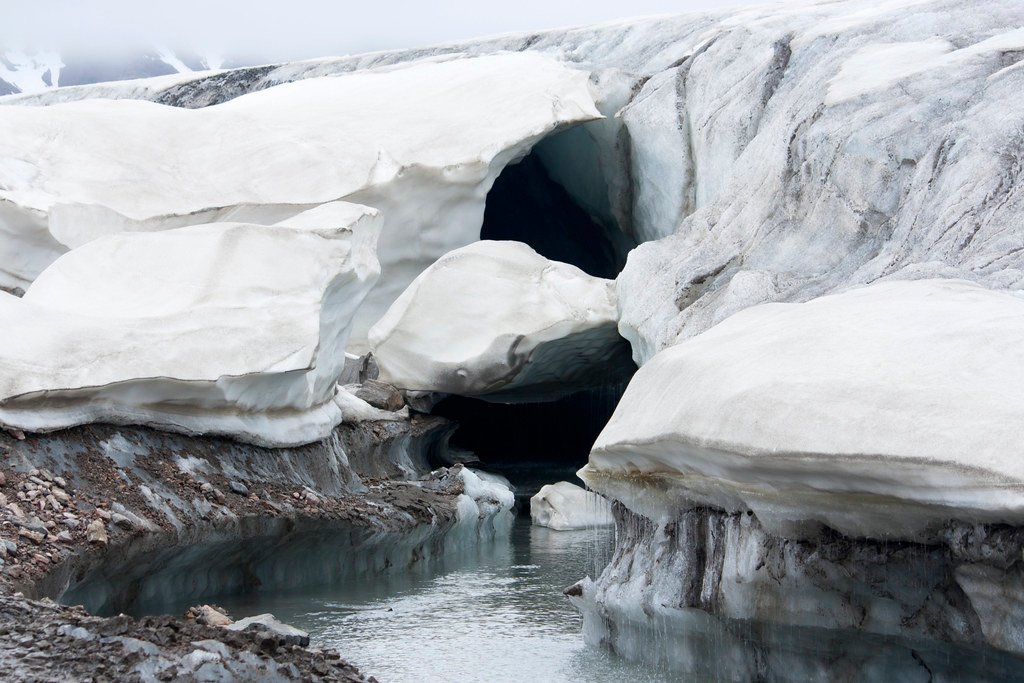
The disappearance of glacial rivers isn’t just a problem for distant mountain villages—it affects us all. From the food on our plates to the energy powering our homes, glacial water touches every aspect of modern life. Saving these rivers means rethinking how we use water, reducing waste, and demanding action from leaders. Even small changes—fixing leaks, choosing climate-friendly products, supporting conservation—can add up to a mighty current of change.
As rivers run dry and glaciers fade into memory, we’re left with a haunting question: What will we do to keep the world’s lifeblood flowing?

